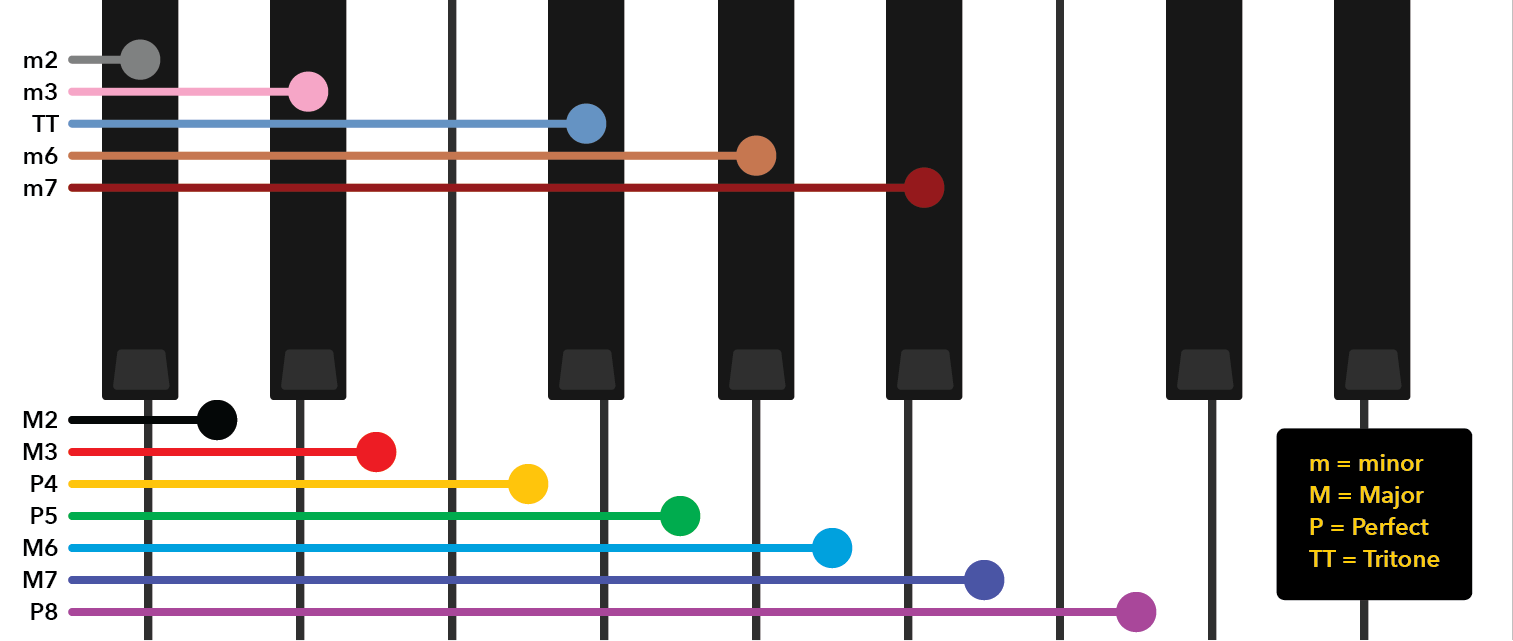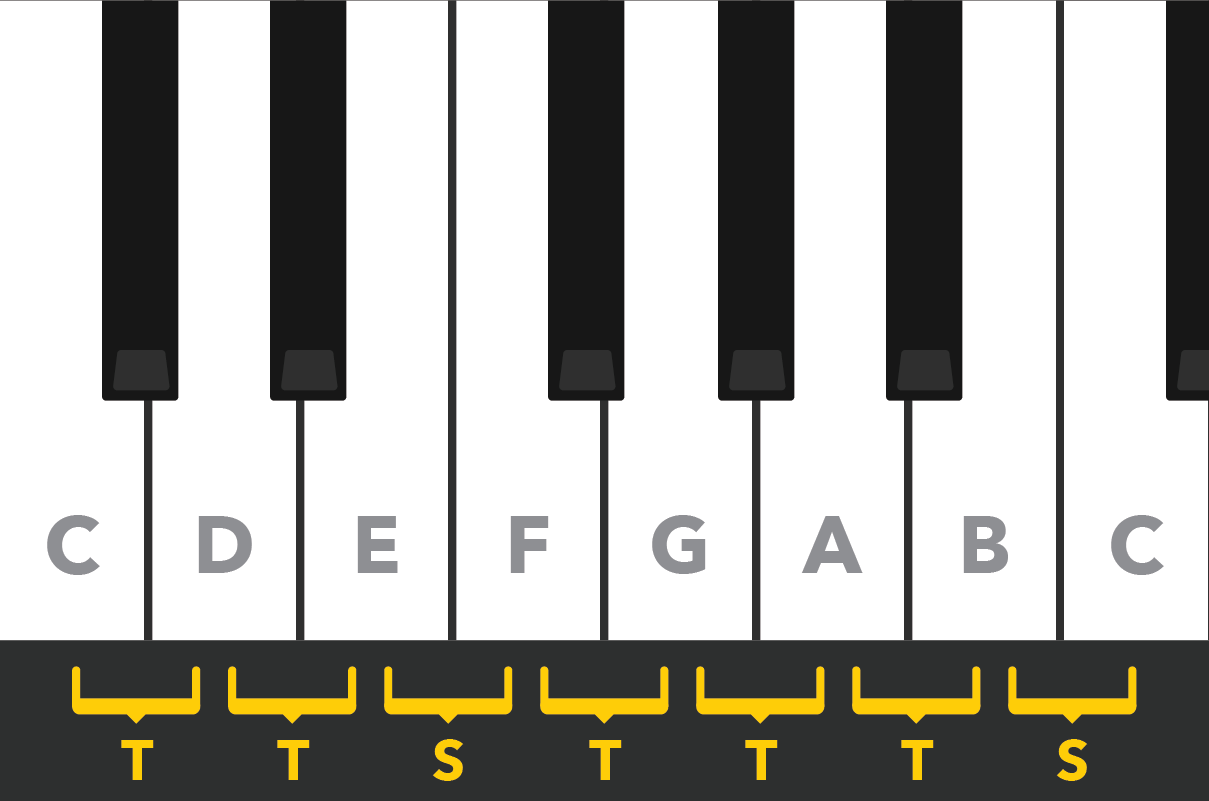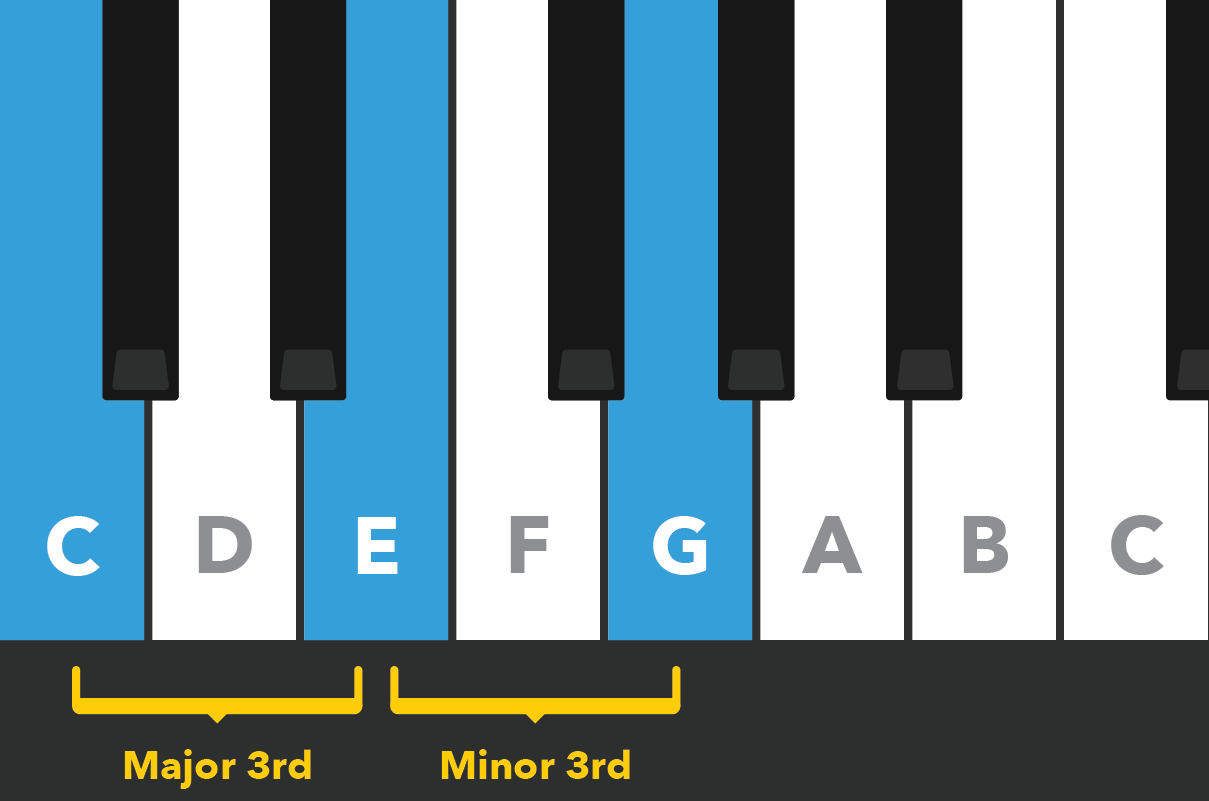What is Middle C and where is it?
You probably would have figured the notes of the keyboard by now - ‘C’, weirdly enough, is the basic starting key when we first start learning about notes.

There are 88 keys on a piano or a full ranged keyboard, and middle C is the C that’s placed roughly in the middle of the range. It’s the fourth C you’ll spot if you count from the very bottom C and that’s why it is also called C4 - so to find this key should be a piece of cake if you were to have a full range keyboard, however this isn’t always the case for everyone.
To find middle C can be a pretty confusing task, as there are midi keyboards that come in different sizes by different brands and where middle C is placed isn’t the most consistent. Whether middle C is C4 or C3 is also a debate: musicians who would play acoustic piano would call it C4 whereas Yamaha calls it C3 (they start from C0 instead of C1) and Cakewalk Sonar calls it C5 (no idea why!).
Examples of finding middle C on different midi keyboards.
Arturia 32 key: It’s the 2nd C when you plug it in (default octave setting), if you’ve been moving octaves you can reset it by pressing the Oct- button and Oct+ button at the same time.
Novation launch key 25: On default (the screen says octave 0) it’s the middle one (2nd C of the 3 Cs)
iRig 25: On default setting, (neither of the octave buttons will be lit) middle C is the bottom C (far left key)
iRig 37 Pro: On default setting, (neither of the octave buttons will be lit) it’s the second C you see from the left. (there’s a 0 on the panel)
Komplete Kontrol s61: On default (screen: octave 0) it’s the third C from the left.
Fortunately, Melodics recognises middle C and will let you know if you’re in the right range.
What is an Octave?
Before introducing what an octave is we need to know what an interval is.
An interval is the distance between two notes.

Intervals starting from C
Let’s say that our first note is C - if the second note is the same note, we call this unison. The next closest white note is D, and we call this a 2nd. Count up the white notes (ie E = 3rd, F = 4th... etc.) and after B which is 7th up from C, you’ll see another C which should be 8th but we call it an octave (8ve) with ‘oct’ meaning 8.
So when one says ‘play C up an octave from middle C’ for example, you’ll be playing the next C you see up from middle C. Pressing the octave button on your midi keyboard (pressing oct up then playing middle C) will do the same job. Why the octave interval is so significant/commonly used is because the notes remain the same while moving in different ranges.
Notes, scales, and chords.
What is a note?
Quoting wikipedia, a note is ‘the pitch and duration of a sound’. So basically, each key that you press on your keyboard is a note. You can play 12 different notes before C gets to the next C (C, C♯/D♭, D, D♯/E♭, E, F, F♯/G♭, G, G♯/A♭, A, A♯/B♭, B). You might wonder what the difference between a key and a note is - a key refers to the physical mechanics of the keyboard whereas a note is the actual sound produced when you press the key, it doesn’t even have to be a keyboard - you can sing a note. When you play a series of keys in a certain order, it becomes a scale which we’re about to explain next!

Tones & Semitones in a Major Scale (T = Tone, S = Semitone)
What is a scale?
A scale is an order of notes that outlines a certain harmony. The notes that we’ve outlined in the note section is called chromatic scale, and you basically play the notes up in semitones or half steps (this is the smallest interval - so if you have C, a semitone up from C is C♯/D♭, and a semitone down from C is B) in order to get the scale. We usually complete a scale by playing an octave length of it. The chromatic scale is a common scale, but because it covers all of the 12 pitches, it doesn’t sound as harmonious - to compose a melody using all of these notes might sound overwhelming.
The most common scale used in western music is the major scale. It outlines the major harmony (happy sound), and conveniently enough, they’re the white notes on the keyboard (C D E F G A B C). It’s constructed of semitones and tones (2 semitones = tone) in this order: T T S T T T S.
Although C major scale consists of just white notes, if you start on D for example and count your way up using the interval order, you’ll discover that you’re using black keys as well (D, E, F♯, G, A, B, C♯ D)
There are hundreds of different scales out there, including the conventional ones like the major scale or the minor scale, and other ones that are used in world music or jazz.

The C Major chord with intervals
What is a chord?
A chord is also a set of pitches that outlines a certain harmony, but typically a chord has lesser notes (that normally is based from a scale), as few as three notes (we call this a triad). You can either play the chord at the same time or as arpeggios or broken chords. Let’s learn few examples of different chords.
A major chord is a chord based from the major scale and it has the first note (root), third note, and the fifth note of the major scale. So if we were to find a C major chord, we’ll have the notes C, E and G. Try working this out in a different key, let’s say in a key of A♭ major. If you’re not as familiar with the major scale, there’s an interval based method of figuring out the major triad: play the root first (A♭), then go up 4 semitones from there (you should have C), then 3 semitones up from there (E♭).
A minor chord is based on the minor scale (you can use natural minor, melodic minor or harmonic minor) - to figure the notes out based on intervals, you should play the root, up 3 semitones, then up 4 semitones, so reverse order from the major triad.
Typically, a chord will be played in the left hand to layout the harmony, and the right hand will be playing a melodic phrase that’s based on the scale.

